In today's industry, the availability and longevity of machines and systems is of crucial importance. Flexible and efficient maintenance is becoming increasingly important, especially in large-scale industrial facilities such as airports, port facilities and extensive production plants. SAP Plant Maintenance (SAP PM) offers companies a comprehensive solution that not only optimizes maintenance processes, but also considerably simplifies day-to-day work. With the introduction of mobile maintenance, a solution has been created that enables access to relevant data and features at any time, improving the speed and precision of maintenance work.
Why Mobile Maintenance? An Overview of the Advantages and Areas of Application
In many areas of application, it is helpful and sometimes essential to be able to record and retrieve maintenance data on the move. As part of SAP PM, the SAP Service and Asset Manager solution supports companies in making this data accessible regardless of time and place. Mobile maintenance offers valuable advantages, particularly for field staff and in large areas. Another application area is large facilities where continuous Wi-Fi or mobile internet is not available – for example in basements or distant parts of buildings. Due to offline features, relevant data can still be collected on-site and later synchronized.
Advantages of Mobile Maintenance in Detail
SAP Service and Asset Manager is based on a native app that was developed for iOS and Android devices. The app has direct cloud access and combines numerous features that make the daily work of technicians and other maintenance staff much easier. The most important benefits include:
- Map view: The app provides a map view, where important maintenance jobs, technical locations and relevant equipment locations are immediately visible. This makes it easier for technicians to find their way around large facilities and enables faster navigation to the objects.
- Direct time recording: A key advantage is the ability to record working times in the app. This allows field staff to record their times directly on the tasks performed, which improves the accuracy and transparency of time documentation.
- Navigation and optimized route planning: The app supports route planning and navigation to maintenance objects. The optimized routing avoids long distances, which increases efficiency and minimizes unnecessary walking.
- User personas for an optimized user experience: The app offers flexible customization of the user interface via so-called user personas (also known as screen personas). This allows the user interface to be adapted to the specific needs of the respective role. The user personas can be changed at any time during the current activity if required, thus further increasing user-friendliness.
Technical Requirements for Mobile Maintenance
In order for companies to successfully implement SAP Service and Asset Manager, certain technical requirements must be met that form the basis for a powerful and secure mobile maintenance environment. The core requirements include:
- SAP S/4HANA (from on-premises version 1610) or SAP ERP 6.0 with Enhancement Package 7 to provide the central maintenance platform.
- The SAP Business Technology Platform (BTP), which ensures seamless integration into cloud-based applications.
- An SAP Cloud Connector to ensure a secure connection between the on-premises system and SAP BTP.
- The installation and configuration of SAP PM.
- Mobile Add-On for SAP S/4HANA or SAP ERP (no longer required from version S/4HANA 1909).
Additional modules such as the HR module can be added as an option.
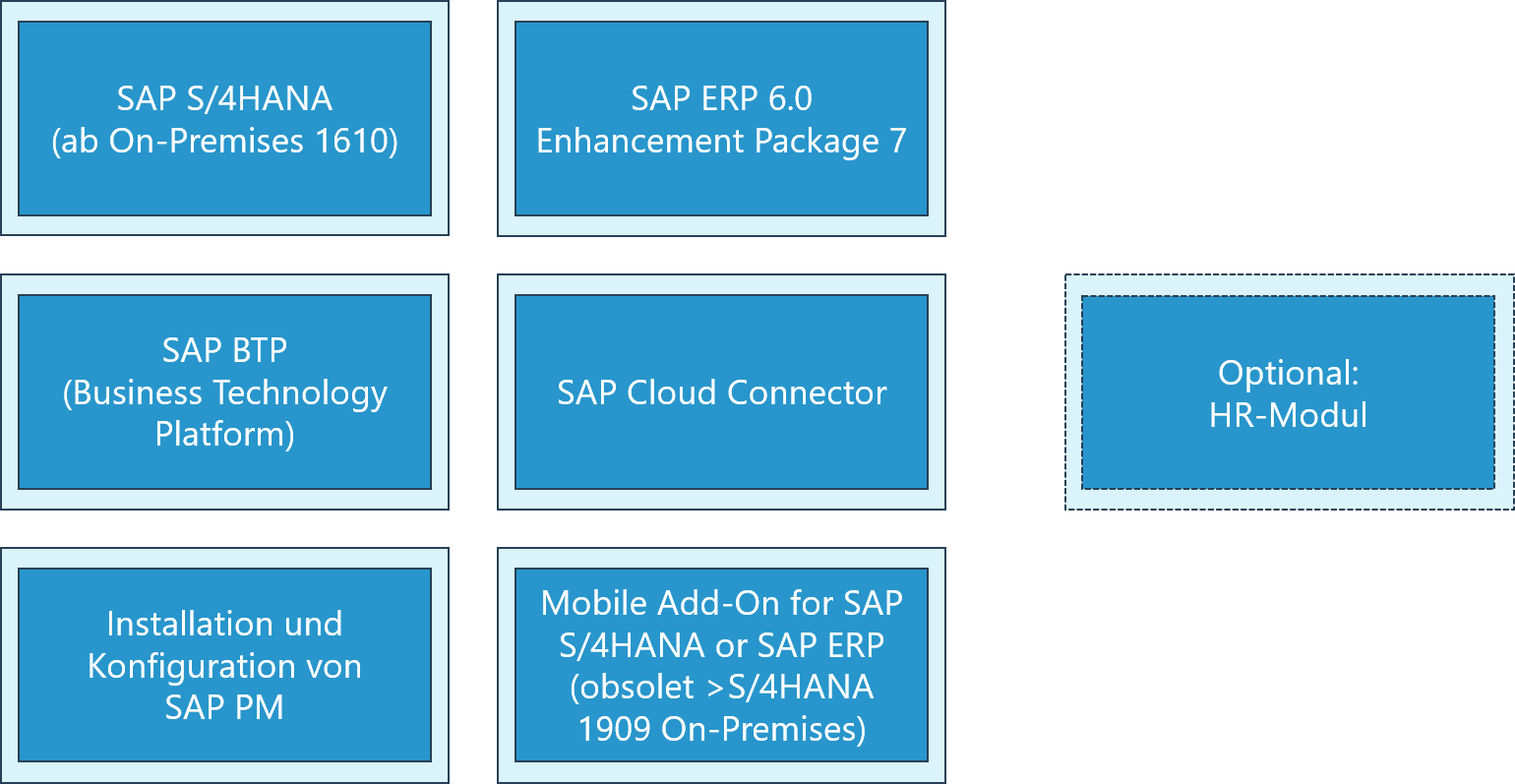
Figure 1: Technical requirements for SAP Service and Asset Manager
User Personas: Role-Specific User Interfaces for Differentiated Requirements
Preconfigured user personas (screen personas) are available to optimally adapt mobile maintenance to the specific requirements of users. These personas define which views and authorizations each user has and thus contribute to the efficient distribution of tasks and provision of information. The following predefined roles are available in the SAP standard:
- Safety Technician: Responsible for safety approvals at workplaces
- Maintenance Technician: Carries out maintenance and repair work
- Field Service Technician: Supports on-site maintenance
- Inventory Clerk: Responsible for material management and inventory control
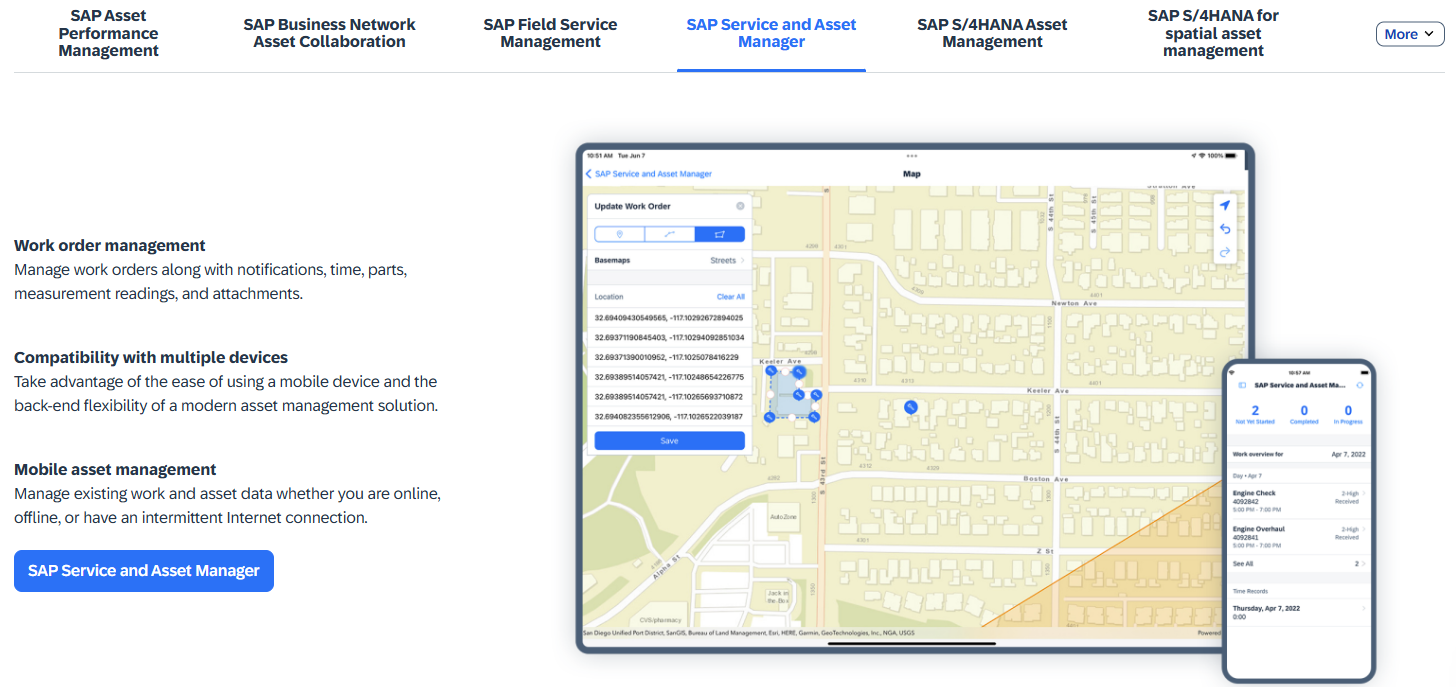
Figure 2: Examples of user personas. Source: SAP
These roles can be divided into standard and professional personas. While professional personas, such as the Maintenance Technician, require one (1) Full User Equivalent (FUE), all standard personas, such as the Field Service, require half (1/2) an FUE. For a new implementation, the customer starts with a license with at least 10 FUEs.
Configuration
The user interfaces and functions for the personas can be customized using the Mobile Application Integration Framework (MAIF). This framework allows specific functions to be activated or deactivated both for the standard personas and for self-defined personas, so that users can see and use exactly the functions they need for their respective role. A user persona can be assigned to an individual or a group of people and several personas can also be assigned to a person.
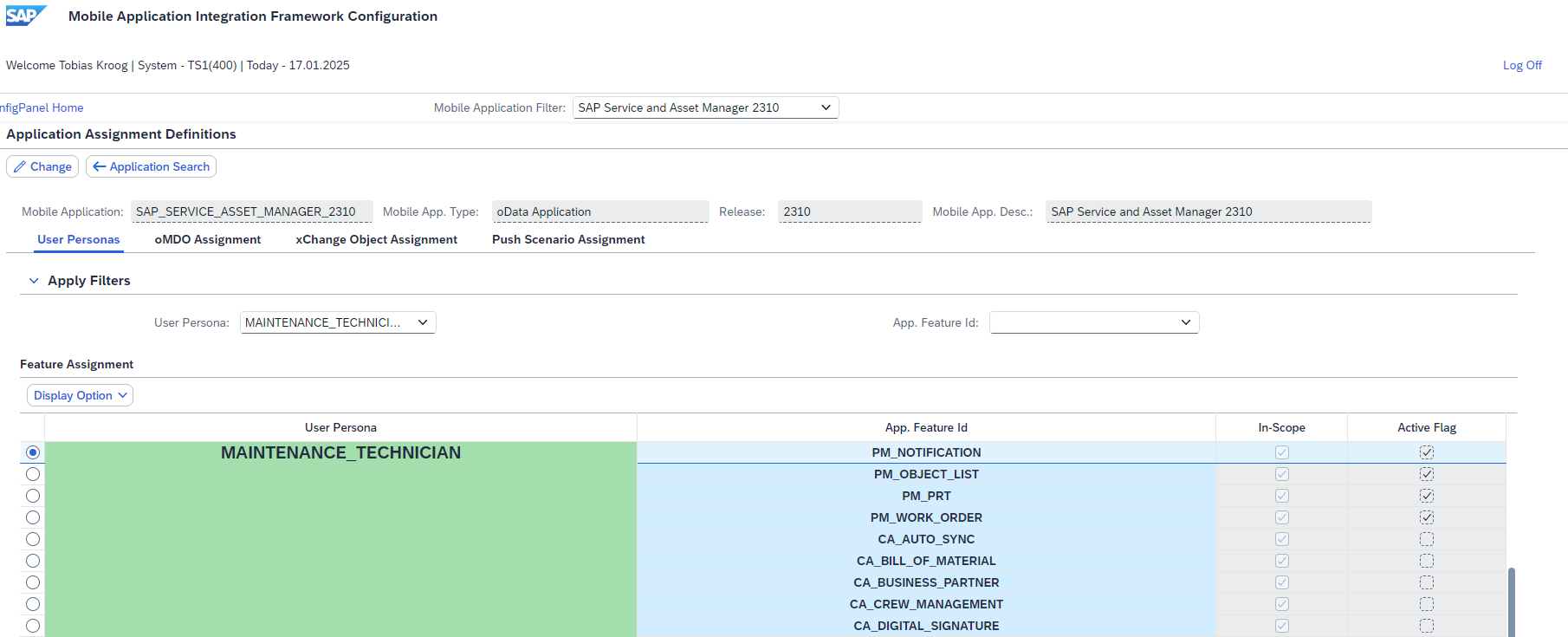
Figure 3: Mobile Application Integration Framework (MAIF)
Use in Everyday Work: Practical Applications
It offers a wide range of functions that make day-to-day work much easier. As before, orders and notifications can be created in SAP GUI or in Fiori apps during daily operations and then synchronized with mobile devices. It is no longer necessary to print the daily worklist, as the documentation is stored digitally on the respective object - and can therefore be accessed both online and mobile (offline). This not only reduces paperwork, but also increases the flexibility and efficiency of work processes.
Another major support is the integration of 3D data and augmented reality (AR). These technologies make it possible to display a visual model of the technical object on a mobile device and thus support maintenance work precisely and intuitively. In addition, measured values and checklists for scheduled activities can be recorded directly via the mobile device. For unplanned maintenance or repairs, there is an option to document them immediately and, if necessary, synchronize with the SAP backend, which guarantees that the data is up to date.
If additional materials are required for the work carried out, these can be booked directly via the corresponding persona on the user interface, which considerably simplifies the process of procuring materials.
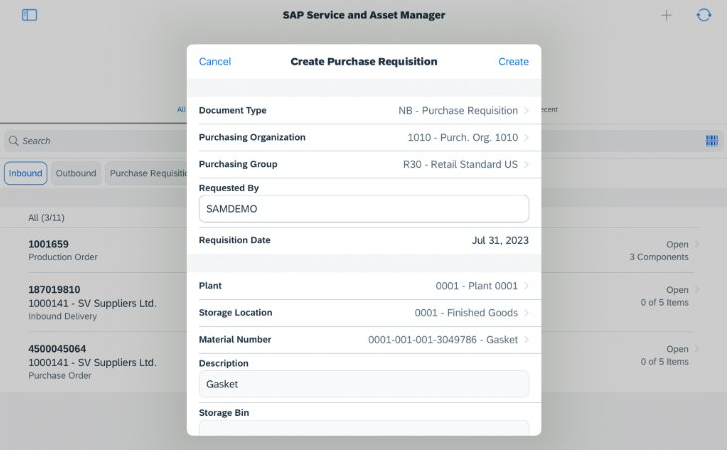
Figure 4: Create purchase requisition. Source: SAP
Another advantage of SAP Service and Asset Manager is that it can be linked to security requirements. For example, employees in the safety technology area can view the safety approvals for maintenance orders as part of their work and approve them themselves if necessary. This ensures a secure and well-organized maintenance process.
In addition, new forms can be created quickly and easily with SAP Dynamic Forms if required. To manage these forms, a low-code/no-code form designer should be used to meet the respective security or maintenance requirements.
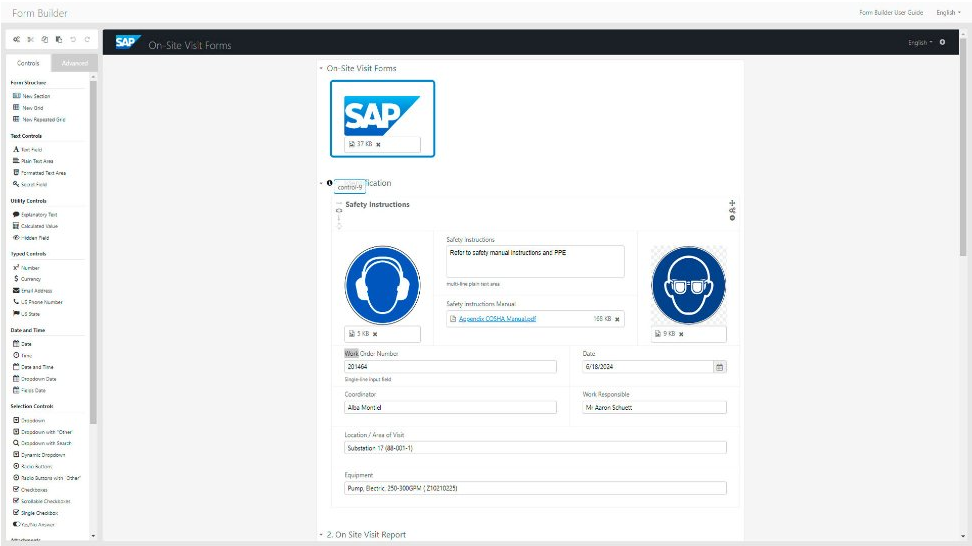
Figure 5: SAP Dynamic Forms. Source: SAP
Conclusion: A Step Into the Future of Maintenance
Mobile maintenance with SAP PM and the associated SAP Service and Asset Manager app is a forward-looking solution for companies that value efficiency and flexibility. The ability to record all important data on the move and synchronize it at any time, regardless of location, significantly increases transparency and responsiveness in maintenance. The mobile applications in conjunction with innovative functions such as 3D visualization, augmented reality and customizable user personas offer companies a powerful tool for holistically optimizing maintenance processes. The mobile solution enables higher productivity, reduces downtimes and improves the interaction between maintenance and safety requirements. Companies that rely on SAP PM thus create the conditions for a future-proof and competitive maintenance strategy that not only simplifies the day-to-day work of everyone involved, but also contributes to a sustainable increase in efficiency within the company in the long term.